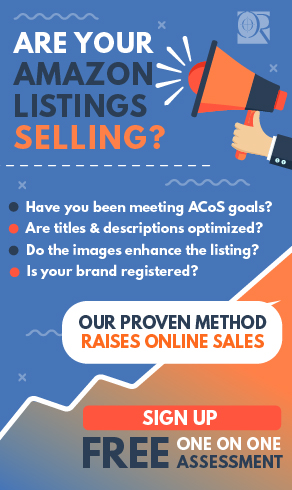Google’s Targeting Bad Ad Practices. Here’s How To Stay On Their Good Side.
 Earlier this year, Google released their “bad ad practices” report, which detailed how, exactly, they found bad ads and bad ad-funded content in 2013. More than just an informative report, or a bunch of pages showing off how well Google does at fighting the virtual bad guy, this report also serves as a warning to all advertisers out there:
Earlier this year, Google released their “bad ad practices” report, which detailed how, exactly, they found bad ads and bad ad-funded content in 2013. More than just an informative report, or a bunch of pages showing off how well Google does at fighting the virtual bad guy, this report also serves as a warning to all advertisers out there:
Follow these practices, and you’ll get on our hit list too.
Which is why it’s important for any online advertiser to know what, exactly, Google did to combat the bad apples in the bunch. You’d hate to be a part of that bruised and battered group, wouldn’t you?
Targeting The People, Not Just The Ads
While bad ads do a lot of harm to Google’s reputation, it’s not the ads that are actually doing anything – it’s the people behind the ads. Back in 2012, Google disabled 850,000 advertisers because of their shady practices. In 2013, that number dropped significantly, all the way down to 270,000. Google attributes that to a decline in scammers, and counterfeiters.
But their work against counterfeiters isn’t over. Their numbers are impressive (attempts to market counterfeit goods dropped nearly 90% in 2013 vs. the previous year), but it’s still higher than they wish. While it appears fewer people are attempting to use advertising for negative purposes, the number of bad ads overall still runs rampant. While in 2012 Google removed 220 million ads from their system, this past year, that number increased to 350 million. Yes, a significant part of that increase is the improvement of technology Google employs.
But 350 million bad ads is far more than any search engine would like to have in their ecosystem.
Targeting Pages
It’s not just the ads that do harm and are up to no good. Some folks use perfectly fine and legal ads to pull people into a page or site that is less than Google-worthy. As such, beginning with last year, Google began to focus efforts on sites and mobile apps where their ads appear. They started to stop and blacklist scammy ad-funded software that served no purpose to the user.
Their efforts seemed to have worked, as more than 200,000 publisher pages were blacklisted and 3,000,000 attempts to join AdSense were denied.
A Lot Of No’s, But One Big Yes
Reading through the Google report might make you feel like Google’s really filling in the role of dictator nicely. And while there’s plenty of room to argue that notion, in this case, the claim is unjust. If Google truly remains committed to supplying users with the best experience possible, that means getting rid of ads that serve no purpose. Each time a user sees a spammy page, a shady ad, or lands on a site that’s loaded with malware, something in his brain tells him that Google messed up – that this search engine doesn’t have his best interests in mind.
And, as an active Google advertiser, that’s the last thing you want. What you want is for your users to feel comfortable and secure searching the web through Google, Bing, or any other engine, without being inundated with bad ads. The more successful these engines are at achieving this, the more worth will be attributed to your ads. Users will begin to trust the ads that remain on Google, and be more apt to notice and click on them.
What Do You Do To Stay On Google’s Good Side?
The chances of you – reading this – being a culprit behind these types of targeted ads is minimal, at best. But that doesn’t mean that your assumed good practices don’t toe the line of shady behavior in Google’s eyes.
The type of wording you use in your ads matters (for example, 10,000 ads boasting get-rich-quick schemes were disabled). The quality of the landing pages your ads link to matters. The type of products you sell matters (14,000 advertisers were banned for trying to sell counterfeit goods).
Now is a good time to look over your AdWords inventory and make sure that your house is in order. The last thing you need is to be blacklisted by the one search engine that brings in more traffic across the globe than any other search engine.
Here’s a more complete overview of Google’s work to bust bad ad practices in 2013:
OperationROI can help. Call us at 1-888-277-5429 or fill out our contact form to learn how we can help you stay on Google’s good side.







